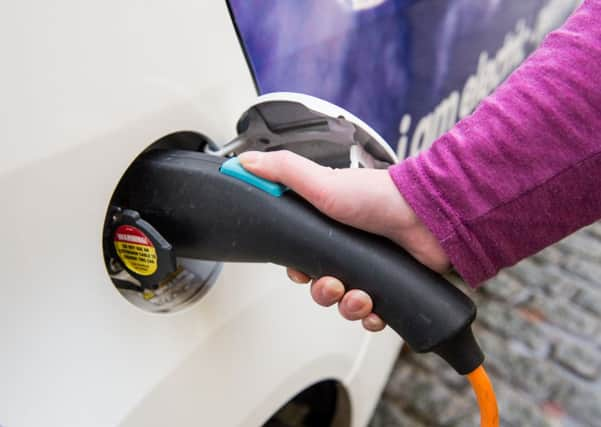Jerry Stewart: Drive to boost electric vehicles
This article contains affiliate links. We may earn a small commission on items purchased through this article, but that does not affect our editorial judgement.


A well-publicised objective of the Scottish Government in recent years is to become a low-carbon economy. Alternative energy sources are already seeing investment and while a clean power supply is important, it is but one part of the mission to go green. So what about green transport? Where are we now and how far do we have to go?
Currently, there are ambitious plans to remove fossil-fuelled vehicles on Scotland’s roads by 2050. This will take work and yet more investment if it is to be achieved. Norway, similar to Scotland in its population and geography, is currently the world leader in electric and hybrid vehicles per capita. How have they done this?
Advertisement
Hide AdAdvertisement
Hide AdThe Norwegian government has produced some attractive incentives to encourage conversion to electric vehicles; lower road tax, VAT elimination and a 50 per cent reduction in company car tax. There has been promotion of electric vehicles for 30 years now, with the goal of removing the sale of new petrol cars by 2025. Norway has also had to implement some disincentives for petrol cars.
Other countries such as Germany and Japan are also making progress by subsidising the purchase of greener vehicles and building more charging stations to feed and accelerate the increase in demand.
The Scottish Government, thankfully, isn’t oblivious to these patterns in green transport, having set the goal to eliminate road emissions by 2050. For businesses, a tax reduction and 20 per cent discount on electric vans could save companies up to £8,000.
Transport Scotland is also funding loans of up to £35,000 to buy green vehicles – but there is little support for firms that opt to lease. “Rapid chargers”, costing around £20,000, also need to become more affordable for businesses – reducing the eight-hour charge times associated with a mains adaptor.
But it is not just financial costs that affect the business choice to go electric. While there are now charging points dotted around the country, most of these locations only have two ports. In comparison, petrol stations can have 12 pumps and take seconds to fill up. This is incredibly important to businesses, such as ourselves, who may need to access remote areas – something Scotland has in abundance.
We regularly trial electric vehicles, but are not yet able to make it work. As charging and storage technologies improve and become more regular and affordable, we are optimistic that many more businesses will go greener in the coming years.
It is essential that investment in electric vehicles is a priority to help businesses become greener and Scotland realise its admirable low-carbon aims.
• Jerry Stewart is co-director of Eagle Couriers, Scotland’s largest independent courier firm
